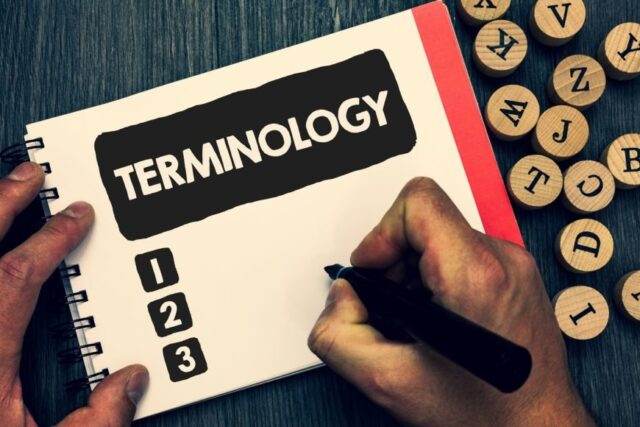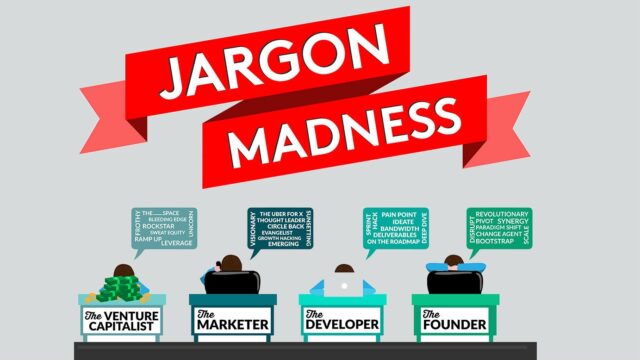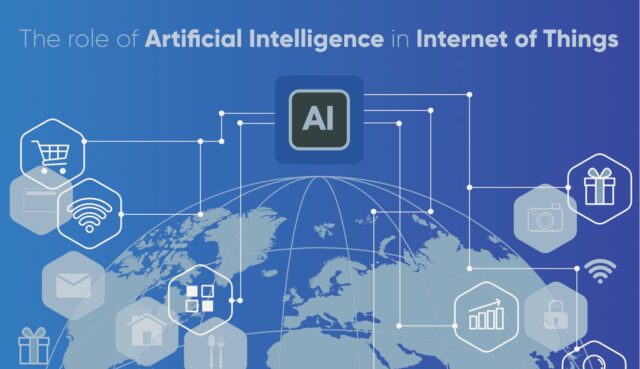
Key Takeaways:
- Gaining fluency in tech jargon is indispensable for professionals and consumers to engage with technology effectively.
- Achieving clarity in tech communication can circumvent misunderstandings and unlock better usage and application of digital tools.
- Regularly updating one’s tech terminology knowledge base is crucial to remain adept and relevant within an evolving digital landscape.
Table of Contents:
- What Is Tech Jargon and Why Does It Matter?
- Common Tech Terms Explained
- Navigating the Acronym Soup: From AI to IoT
- Beyond the Buzzwords: Decoding Industry Speak
- Technical Language in the Workplace
- Learning and Keeping Up with New Terminologies
- Impact of Jargon on Consumer Decision-Making
- International Variations in Tech Jargon
What Is Tech Jargon and Why Does It Matter?

Forging through the tech industry’s landscape could be akin to an explorer navigating an uncharted territory without a glossary of terminologies, challenging and confining. The list of cybersecurity jargon serves as shorthand in technical conversations, offering a more efficient mode of exchanging complex ideas. These terms enable succinct communication among experts but can bewilder the outsider. Peeling back the layers of these terms reveals the vibrant ecosystem of innovation and operation running behind the devices and services we often take for granted. This bridge of understanding plays a pivotal role whether you’re a student delving into computer science, a decision-maker in a high-tech firm, or just a consumer trying to choose the best smart home devices for your living space.
Common Tech Terms Explained
The digital landscape brims with jargon that can be overwhelming. Terms like ‘blockchain,’ ‘cloud computing,’ and ‘machine learning’ frequently emerge in professional and casual dialogues. For instance, blockchain is often associated solely with cryptocurrencies when, in fact, it is a broader tech concept that implies a secure, decentralized record of transactions applicable in various industries. Similarly, cloud computing is sometimes mistakenly understood as a complex network infrastructure exclusively available to IT professionals. In reality, it is a model enabling ubiquitous access to shared pools of configurable system resources that we use daily in services like email and media streaming. Such concrete understanding can demystify tech concepts, aiding individuals in leveraging their advantages.
Navigating the Acronym Soup: From AI to IoT

The bread and butter of tech vocabulary often manifests in acronyms that condense lengthy technical concepts into digestible morsels. Diving into this ‘acronym soup,’ one encounters AI (Artificial Intelligence), revealing the simulation of human intelligence processes by machines, primarily computer systems. This term integrates into various facets of life, including smartphones that suggest your following email response or home assistants that learn your schedule. IoT (Internet of Things) extends beyond a mere technological novelty, emerging as an infrastructure that promises a future of connected, intelligent systems ranging from home appliances to industrial equipment. Comprehending these acronyms enriches dialogues within tech circles and unveils the depth and breadth of potential inherent in these innovations.
Beyond the Buzzwords: Decoding Industry Speak
The allure of tech buzzwords is undeniable. Words like ‘quantum computing’ and ‘augmented reality’ quickly turn heads and inspire futurist visions. Yet, it is essential to look past the initial glitz. For instance, ‘quantum computing’ is not a plot device from a sci-fi narrative but an emerging technology that promises massive leaps in processing power, potentially transforming sectors like cryptography and drug development. Augmented reality extends the physical world, overlaying digital information onto our tangible surroundings, enhancing learning, design, and entertainment experiences. Grasping such terms for their novelty and functional impacts can objectively assess what these technologies can offer society.
Technical Language in the Workplace

Using tech jargon in the workplace can be a double-edged sword. On one hand, jargon enables quick, specialized communication among those in the know. However, this language can become a barrier to understanding and collaboration when free-flowing among diverse teams. Therefore, cultivating a workplace where technical language is restricted and explained when necessary can lead to innovative ideas and results. This translation from jargon to plain language is a skill that demands both technical understanding and the capability to communicate ideas effectively to lay audiences.
Learning and Keeping Up with New Terminologies
The tech industry does not stand still. As new technologies emerge, so too do the terminologies that describe them. Staying ahead in such a dynamic environment requires a commitment to continuous learning. When terms such as ‘edge computing’ surface, delineating its meaning—as in the case of processing data geographically closer to where it is generated for enhanced speed and efficiency—could be the key to leveraging its potential, a proactive approach to embracing these terminologies can be through engaging with educational content, subscribing to tech publications, or participating in forums where such knowledge is exchanged. This adaptability to language ensures robust navigational skills across the tech terrain.
Impact of Jargon on Consumer Decision-Making
When equipped with the knowledge of tech terminology, consumers wield the power to make choices that resonate with their needs and desires. This empowerment lies in the understanding; for example, knowing that a ‘VPN’ (Virtual Private Network) encrypts internet communication can drive an individual to adopt such services for enhanced online security. Awareness of the capabilities of ‘5G’ technology, the next generation of mobile networks, may influence expectations and purchasing decisions regarding new communication services and gadgets. Thus, the transformative effect of clarity in tech jargon can be profound, enabling customers to cut through marketing facades and align with genuinely suitable tech solutions.
International Variations in Tech Jargon

As technology permeates global borders, the vocabularies used to describe it often take on unique local flavors. English may be the predominant language in the tech world. Still, non-English-speaking countries imbue tech jargon with their cultural and linguistic distinctiveness. This diversity enriches the linguistic landscape and can offer fresh perspectives on the use and development of technology. Recognizing and respecting these variations fosters a more inclusive and accessible technological dialogue where innovation can flourish unimpeded by language barriers.








